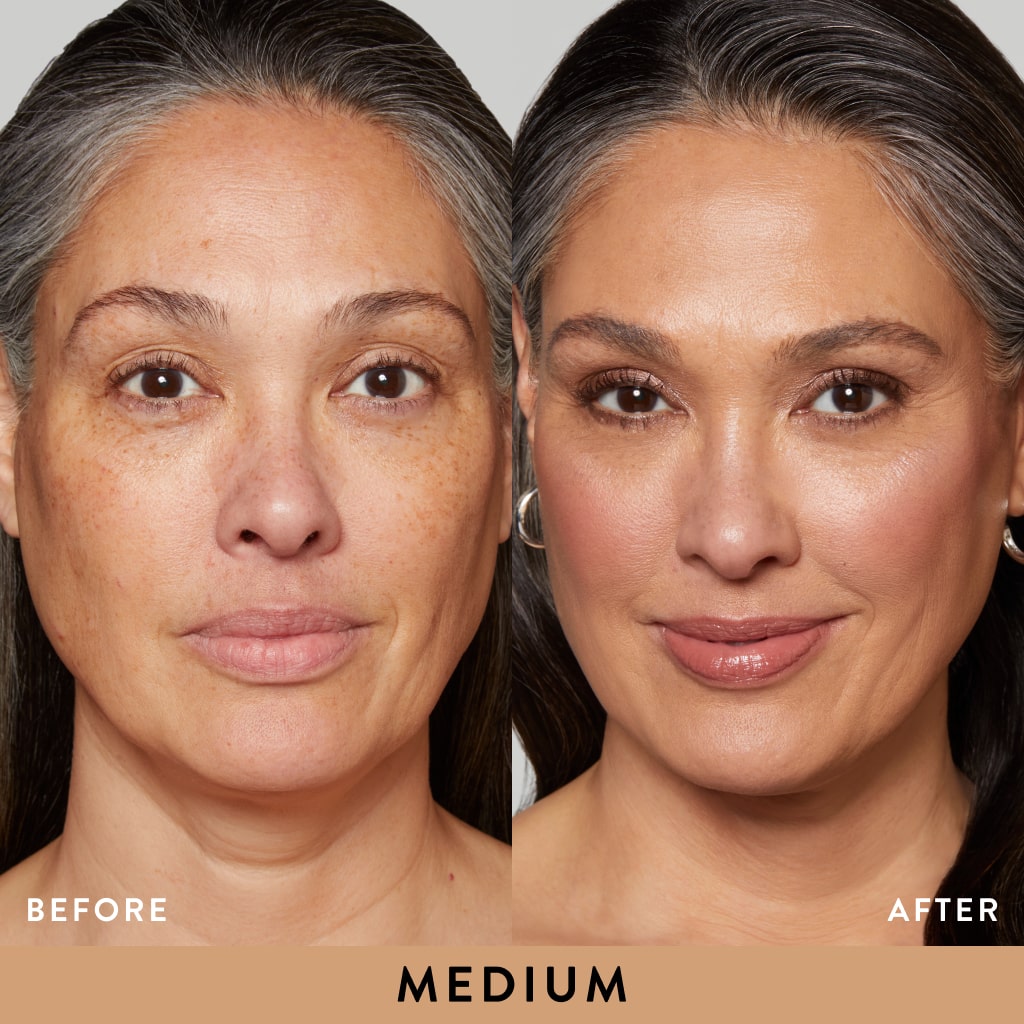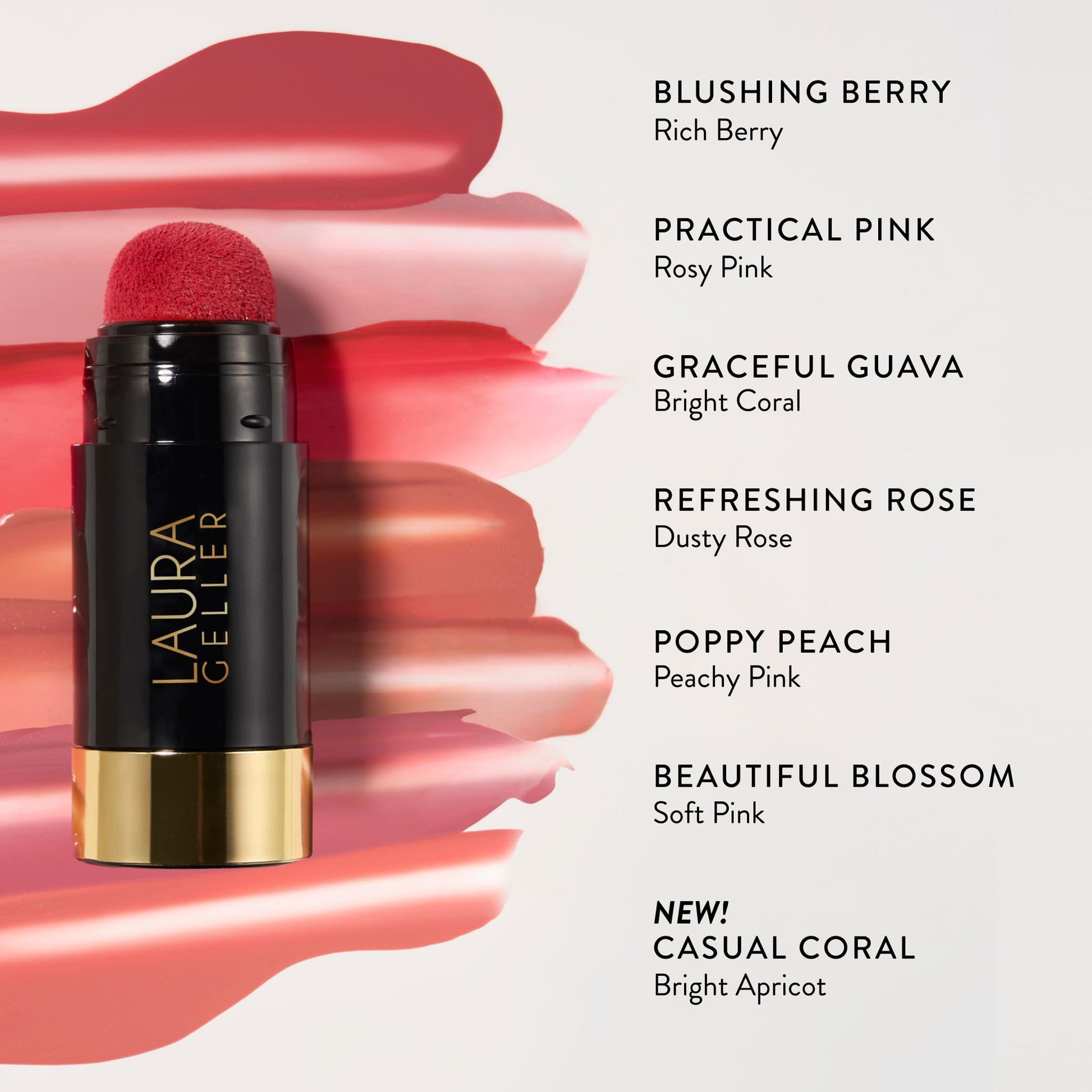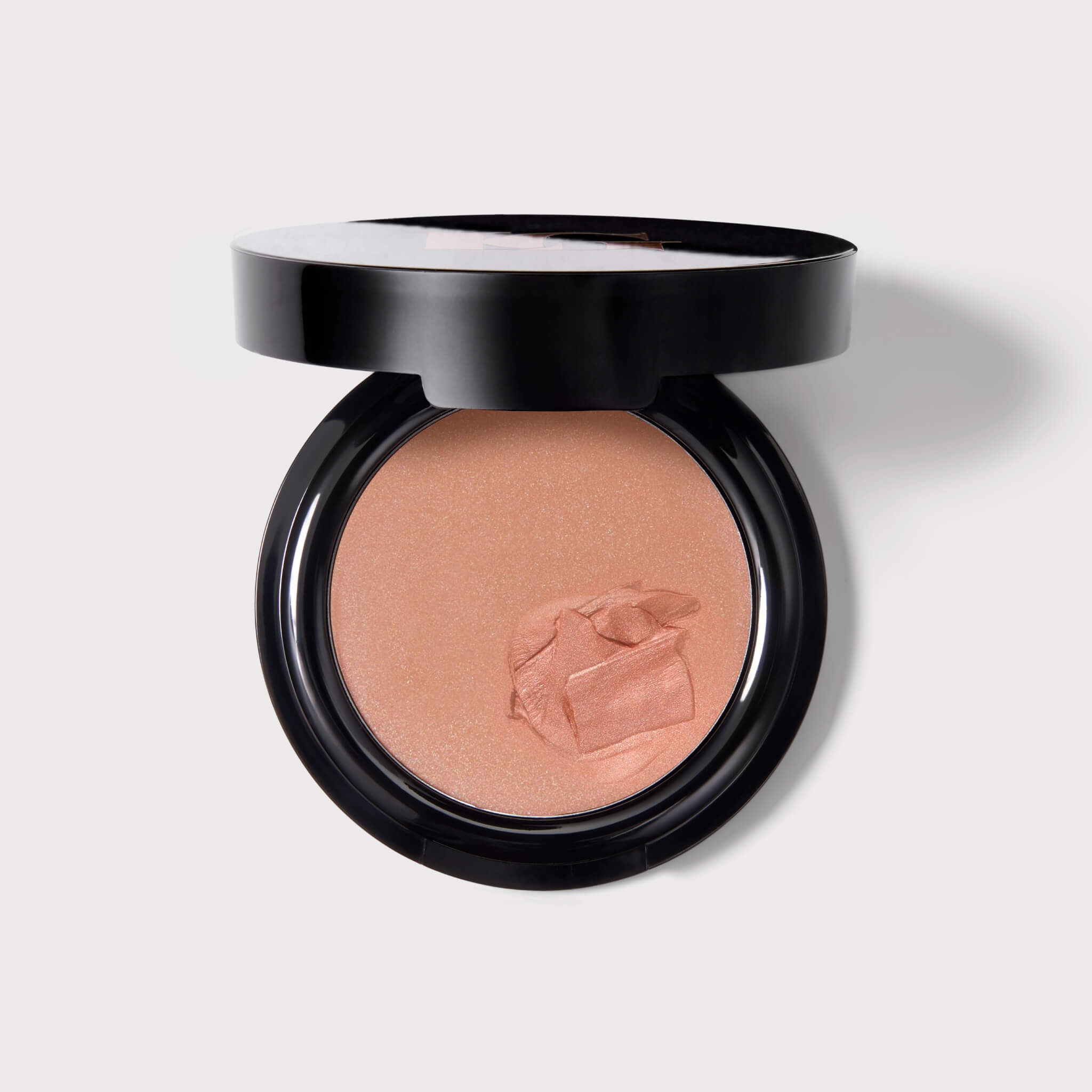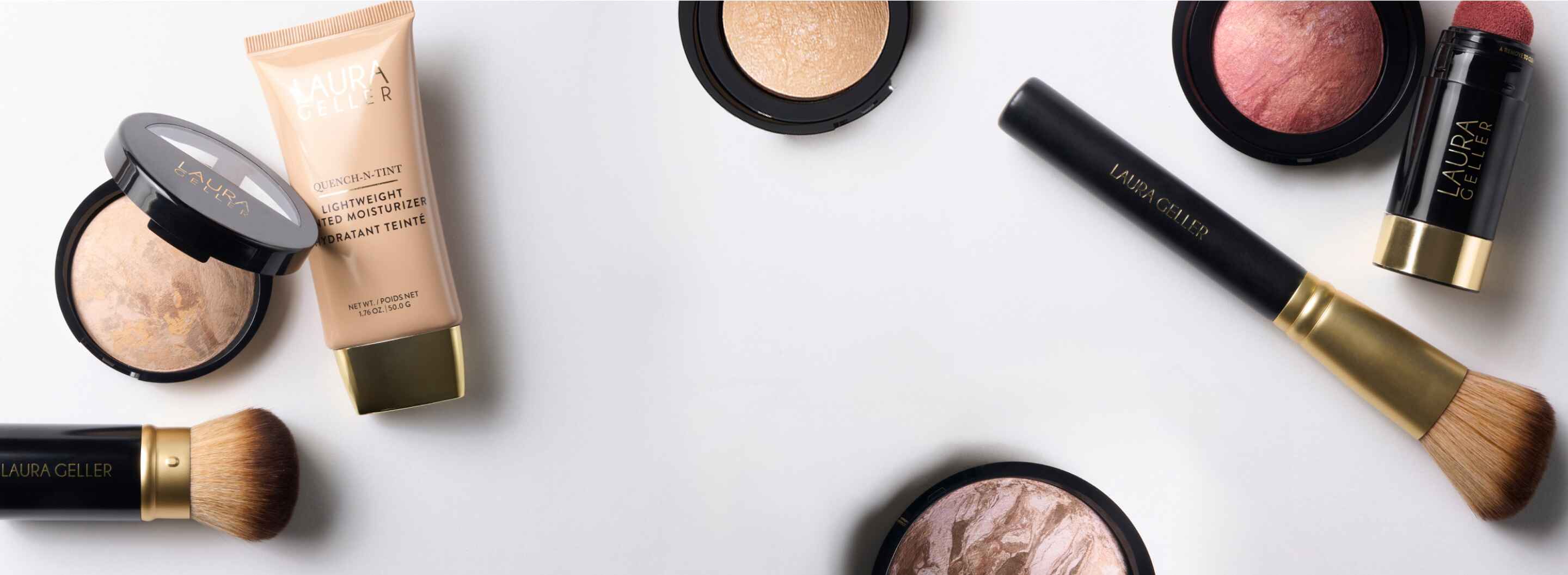Blush, with a refresh
Serum Blush Cheek Tint
Blush, with a refresh
Blush, with a refresh
Couldn't load pickup availability
- Free 30-day returns
- Free shipping over 40+
Perfect For
- Precise Application
- Dull Skin
- Sallow Skin
- Mature Skin
Details
You're blushing! Serum Blush Cheek Tint provides the perfect watercolor-like flush of color.
- Enriched with Hyaluronic Acid and Polysaccharide to keep skin hydrated
- Weightless serum texture dabs on smoothly without messing up makeup underneath
- Buildable finish
- Includes one replacement sponge applicator
How to Apply
Twist at the base until the product flows through. Dab directly on the cheeks and blend with your fingers or our Angled Blush Brush for a gorgeous pop of color. For regular cleaning, take off the sponge applicator tip and wash with liquid soap and water to remove makeup residue.
Our Ingredients
View Full Ingredients List- Hyaluronic Acid: A powerful hydrator that draws moisture into the skin to intensely hydrate.
- Polysaccharide: Moisturizers that can help strengthen the skin barrier.
FAQ
- What is a serum blush?
Our serum blush is a silky, liquid formula that melts into skin without dripping, running, or disturbing any makeup underneath.
- How do I find the right shade?
Take our Shade Finder quiz to help find your ideal shade!
Or, our pros are standing by to help you find the perfect shade! Start a live chat to speak with one of our shade matching pros. The live chat box will be at the bottom right of your screen on your computer or phone.
- How do I apply this blush?
Twist the applicator to dispense the product through the sponge applicator, then dab as desired on your cheeks and blend by gently patting with clean finger tips or a blush brush.
- How is this different from powder or cream blushes?
The unique serum texture is a liquid, giving it a sheer finish, while powder and cream blushes tend to have different payoffs.
- How will this feel on my skin?
Infused with hydrating ingredients, Serum Blush Cheek Tints will feel soft and refreshing on your skin. It's like a little bit of cooling moisturizer with your blush!
- Is this blush hydrating?
You bet! It's infused with known skin-hydrators like Hyaluronic Acid and Polysaccharide to not only moisturize skin as you apply it, but to prevent skin from drying out during the day.
- Is this long-lasting?
Serum Blush Cheek Tint creates a natural blush look that lasts all day. You may find it wears better if you build it up for more color.
- What is your return policy?
In honor of the holiday season, we have extended our return policy to 60 days for orders placed between 10/1/25-12/31/25 to give you more than enough time to try your favorite products.
As always, if you are not satisfied, we invite you to return or exchange your products. To process a return, click here. Effective January 1, 2026 we will revert back to our normal return policy of 30 days from the date of purchase. In order to continue offering high-quality makeup at affordable prices, returns to your original payment method include a small $4.99 handling fee per order.
Exchanges are completely FREE, and choosing the Shop Now option adds 25% extra value to your balance.













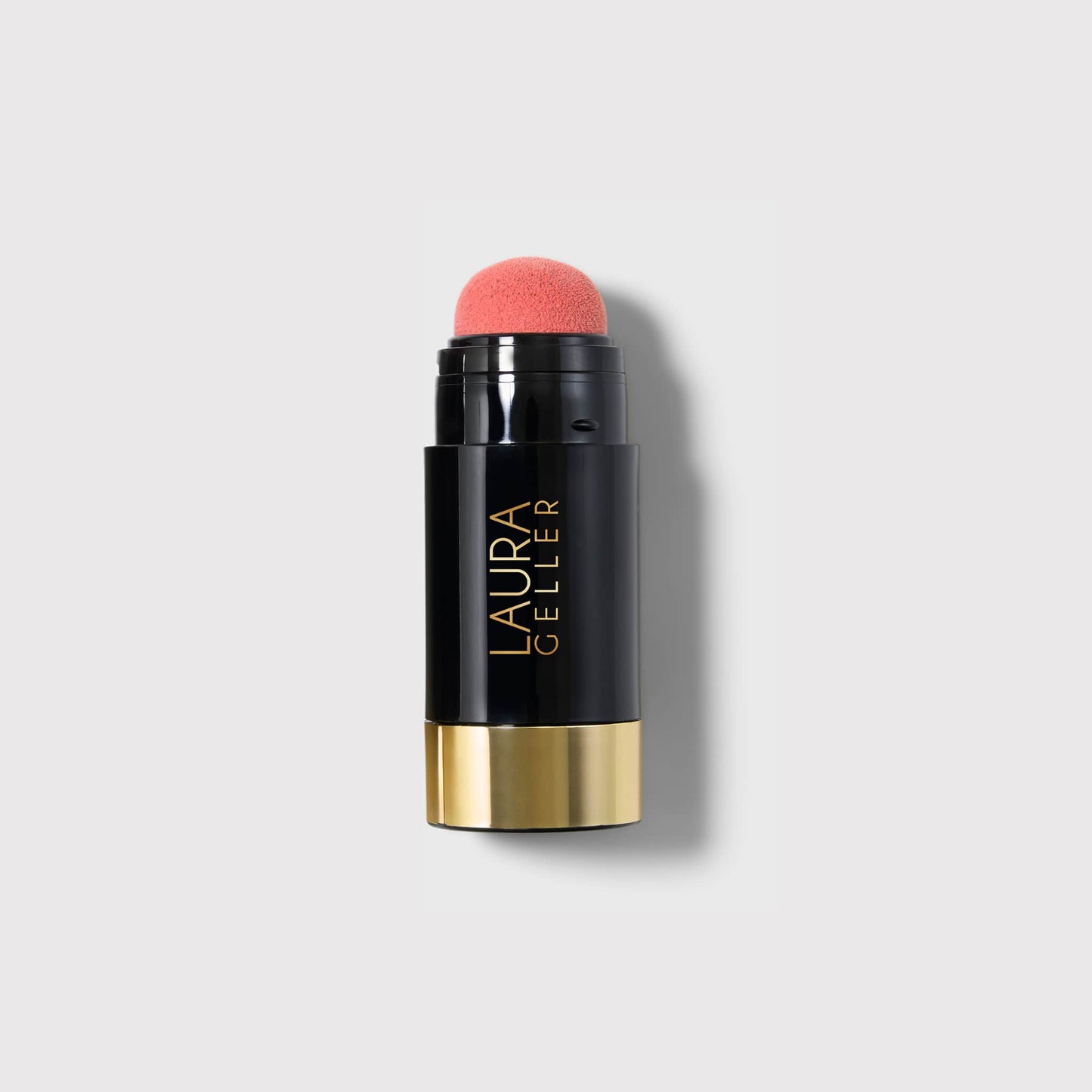

AQUA / WATER / EAU, DIMETHICONE, TRIETHYLHEXANOIN, PEG-10 DIMETHICONE, BUTYLENE GLYCOL, PHENYL TRIMETHICONE, SILICA, ISODODECANE, DISTEARDIMONIUM HECTORITE, TRIMETHYLSILOXYSILICATE, PEG-30 DIPOLYHYDROXYSTEARATE, LAURYL PEG-9 POLYDIMETHYLSILOXYETHYL DIMETHICONE, SODIUM HYALURONATE, GALACTOARABINAN, TOCOPHEROL, GLYCERIN, CAPRYLYL GLYCOL, PROPYLENE CARBONATE, MICA, GLYCERYL POLYACRYLATE, TRIETHOXYCAPRYLYLSILANE, POLYHYDROXYSTEARIC ACID, TOCOPHERYL ACETATE, ISOPROPYL TITANIUM TRIISOSTEARATE, TRIETHOXYSILYLETHYL POLYDIMETHYLSILOXYETHYL DIMETHICONE, PHENOXYETHANOL, AROMA / FLAVOR, BENZYL BENZOATE, CITRONELLOL. MAY CONTAIN / PEUT CONTENIR (+/-): TITANIUM DIOXIDE (CI 77891), IRON OXIDES (CI 77491), IRON OXIDES (CI 77499), RED 7 LAKE (CI 15850).
TRY BEFORE YOU BUY
How It Works
🛒 SELECT UP TO 4 FULL-SIZE PRODUCTS
Choose up to 4 full-size products to try at home.
⏰ TRY AT HOME FOR FREE FOR 14 DAYS
How can you tell if the color, shade or product is right for you? That's why you get 14 days to try your products at home. No charge unless you keep them.
❤️ KEEP WHAT YOU LOVE
Only pay for what you keep. Send back anything else within 14 days of delivery. Returns are free.
Couldn't load pickup availability
Shop & Compare



From

In all my years as a makeup artist and educator, one of the things I’m most proud of is helping countless women rediscover their love of makeup. You deserve to look and feel your best, whether you’re 19 or 90 years old! That’s why all of our luxury makeup products are formulated with mature skin in mind. You can wear them with confidence as you embrace the skin you’re in now!
Works Well With...
Rave Reviews from Geller Gals
- Selena S.Verified BuyerReviewingSerum Blush Cheek TintI recommend this productAge 18 to 24What is your skin type? NormalWhat is your skin tone? TanRated 5 out of 5 starsPERFECT blush for on-the-go!!
This blush is so lightweight, and easy to build on within make-up looks.
Was this helpful?Laura Geller Beauty2 hours agoWe're absolutely thrilled to hear that our Serum Blush Cheek Tint has become such a perfect on-the-go essential for you and that you're loving how lightweight and buildable it is within your makeup looks, Selena! Your fantastic 5-star review truly made our day, and there's nothing more wonderful than knowing that you're experiencing exactly what we designed this innovative formula to deliver for busy lifestyles that need beauty products that work effortlessly anywhere. It's fantastic to hear that you're appreciating how easy it is to build the coverage exactly how you want it, because we put so much care into creating a serum formula that would give you complete control over your look while being portable enough to perfect your makeup wherever your day takes you! We're so grateful that this serum blush has earned such an enthusiastic place in your routine and that it's giving you that perfect combination of lightweight feel and buildable coverage that makes creating beautiful looks so simple and convenient. Thank you for taking the time to share your lovely experience with our Serum Blush Cheek Tint, your excitement about its portability and versatility shows us that we've created something truly special that brings both beauty and convenience to your daily routine!
- Tamiko S.Verified ReviewerReviewingSerum Blush Cheek TintI recommend this productAge 45 to 54What is your skin type? DryWhat is your skin tone? MediumWhat are your skin concerns? Dark Circles, Fine Lines/WrinklesRated 5 out of 5 starsNatural looking pop of color
This is like I'm diving into the world of hydrating, watercolor cheek color! The Laura Geller Serum Blush is loved for its blend of skincare and makeup.
I'm done with powdery blushes that sit on top of my skin! This serum blush is my secret weapon for a youthful, dewy, 'I just took a brisk walk' flush.
It’s a weightless, silky liquid serum that dabs on smoothly. It melts right into my skin and, best of all, **it doesn't mess up the makeup** underneath, which is a massive win!
It gives that perfect "watercolor-like" flush of color. It's totally buildable—I can do a sheer dab for a subtle, natural look or layer it for a gorgeous pop of color that makes my whole face look lifted.
Because it's a *serum* blush, it's infused with awesome stuff like Hyaluronic Acid to hydrate and make my cheeks look plump and supple. It even gives a refreshing, cooling sensation when I put it on!
It’s the ultimate two-in-one! I get a beautiful, natural-looking pop of color AND a hydrating skincare boost that makes my cheeks look dewy, soft, and alive all day long.
Was this helpful? - Tamiko S.Verified ReviewerReviewingSerum Blush Cheek TintI recommend this productAge 45 to 54What is your skin type? DryWhat is your skin tone? MediumWhat are your skin concerns? Dark Circles, Fine Lines/WrinklesRated 5 out of 5 starsPerfect watercolor like flush of color
This is like you're diving into the world of hydrating, watercolor cheek color! The Laura Geller Serum Blush is loved for its blend of skincare and makeup.
"I'm done with powdery blushes that sit on top of my skin! This serum blush is my secret weapon for a youthful, dewy, 'I just took a brisk walk' flush.
It’s a weightless, silky liquid serum that dabs on smoothly. It melts right into my skin and, best of all, it doesn't mess up the makeup underneath, which is a massive win!
It gives that perfect watercolor-like flush of color. It's totally buildable—I can do a sheer dab for a subtle, natural look or layer it for a gorgeous pop of color that makes my whole face look lifted.
Because it's a *serum* blush, it's infused with awesome stuff like Hyaluronic Acid to hydrate and make my cheeks look plump and supple. It even gives a refreshing, cooling sensation when I put it on!
It’s the ultimate two-in-one! I get a beautiful, natural-looking pop of color AND a hydrating skincare boost that makes my cheeks look dewy, soft, and alive all day long.
Was this helpful? - NitaVerified ReviewerReviewingSerum Blush Cheek TintI recommend this productAge 35 to 44What is your skin type? CombinationWhat is your skin tone? LightWhat are your skin concerns? Dark Circles, Fine Lines/Wrinkles, Sun Damage/Sun SpotsRated 5 out of 5 starsLight weight and natural flush of color
I am absolutely loving that this blush is lightweight and doesnot look blotchy on my 40+ skin when I use a brush to apply this blush. That is what happens with other liquid/serum blushes for me. This blush has a good amount of Pigmentation which can be adjusted per one's liking. I have tried various ways of applying this blush and have found that applying it with more intensity first and the applying little bit of powder on top, and then followed by some more with fingers on top of the powder ensure longevity of the blush along with giving a healthy glow on my cheeks.
Was this helpful?Laura Geller Beauty1 hour agoWe're absolutely thrilled to hear that our Serum Blush Cheek Tint has become such a perfect solution for your beautiful 40+ skin and that you're loving how lightweight it feels while giving you that gorgeous, natural flush without any of that blotchy appearance you've experienced with other liquid blushes, Nita! Your fantastic 5-star review truly made our day, and there's nothing more wonderful than knowing that you're experiencing exactly what we designed this innovative formula to deliver with its buildable pigmentation that lets you customize the intensity perfectly for your skin. It's fantastic to hear that you've discovered such a brilliant application technique with layering the blush intensely first, then adding powder, and finishing with your fingers for that incredible longevity and healthy glow, because we put so much care into creating a versatile formula that would work beautifully with different application methods while giving you complete control over your look! We're so grateful that this serum blush has solved those frustrating issues you've had with other liquid blushes and that it's giving you that perfect combination of lightweight feel, adjustable coverage, and long-lasting radiance that makes you feel confident and beautiful. Thank you for taking the time to share your lovely experience and your amazing layering technique with our Serum Blush Cheek Tint, your enthusiasm for its pigmentation, blendability, and how perfectly it works with mature skin shows us that we've created something truly special that brings both innovation and gorgeous results to your daily beauty routine!
- MiriamVerified BuyerReviewingSerum Blush Cheek TintI recommend this productAge 35 to 44What is your skin type? CombinationWhat is your skin tone? MediumWhat are your skin concerns? Fine Lines/Wrinkles, Breakouts , Sun Damage/Sun SpotsRated 5 out of 5 starsNatural looking
I have been loving this blush so much. It’s very natural looking. It’s buildable and it blends smoothly. It’s very light weight. I like that it comes with an extra applicator sponage to switch them out.
Was this helpful?Laura Geller BeautyYesterdayWe're absolutely thrilled to hear that our Serum Blush Cheek Tint has become such a beloved part of your routine and that you're loving how it gives you that beautiful, natural-looking flush that blends so smoothly and effortlessly, Miriam! Your fantastic 5-star review truly made our day, and there's nothing more wonderful than knowing that you're experiencing exactly what we designed this innovative lightweight formula to deliver. It's fantastic to hear that you're appreciating how buildable the coverage is, allowing you to create that perfect amount of color that looks so naturally radiant on your complexion, because we put so much care into creating a formula that would give you complete control over your look while feeling incredibly comfortable and weightless on your skin! We're so grateful that this serum blush has earned such an enthusiastic place in your beauty routine and that it's giving you that perfect combination of natural finish, smooth blendability, and lightweight feel that makes you feel confident and radiant! Thank you for taking the time to share your lovely experience with our Serum Blush Cheek Tint, your appreciation for its buildable coverage, natural appearance, and thoughtful packaging details shows us that we've created something truly special that brings both beauty and convenience to your daily routine!






